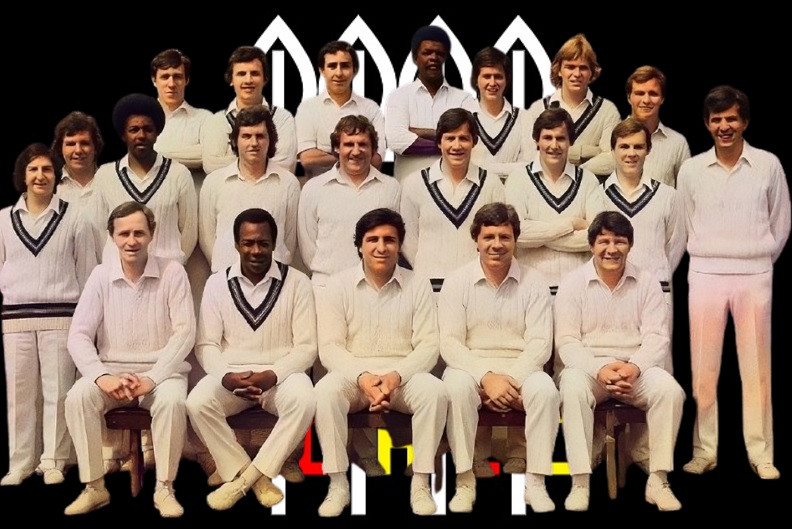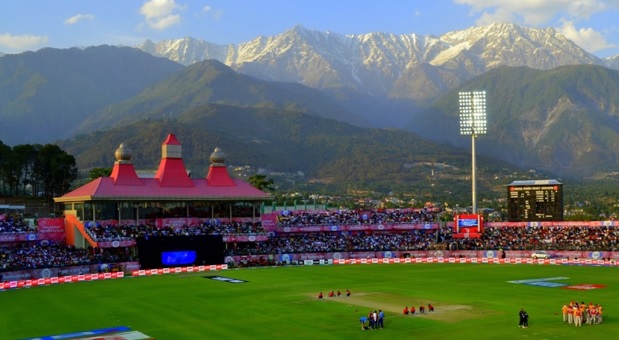The East Africa cricket team represents a unique chapter in the annals of international cricket. A forgotten multi-national squad that once emerged from the colonial legacies and post-independence aspirations of four East African nations. Those nations were Kenya, Uganda, Tanzania, and Zambia. Formed in 1951, the team symbolized a regional unity that transcended national boundaries. The now-defunct East Africa Cricket team once aimed to establish a competitive cricketing presence on the global stage.
Origins and Formation of the East Africa Cricket Team
Cricket was introduced to East Africa during British colonial rule, primarily played by expatriates and the Asian diaspora. Post-independence, there was a concerted effort to develop the sport among indigenous populations. In 1966, the East Africa cricket team gained associate membership in the International Cricket Council (ICC). This marked a significant step in its international recognition. The team made its debut against Rhodesia in 1951 and participated in various international fixtures thereafter.
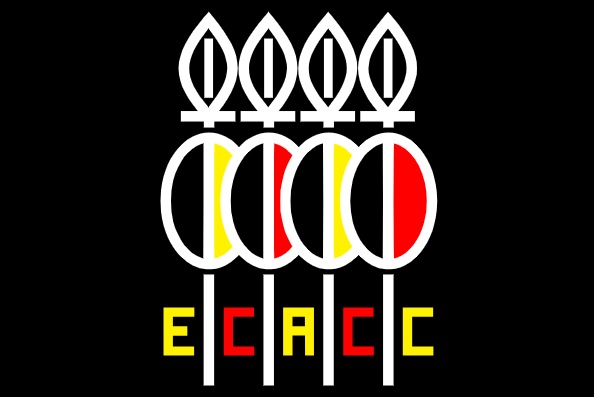
Overview of the Four East Africa Constituent Countries
Kenya
Cricket was introduced to Kenya in the 1880s during British colonial rule. The country played its first significant match in 1899. Kenya continued to develop the sport post-independence. Kenya became a member of the East African Cricket Conference in 1966. The nation later joined the International Cricket Council (ICC) as an associate member in 1981.
Uganda
Uganda’s cricket history dates back to the early 20th century, with the team playing its first recorded match in 1914. The country combined with Kenya, Tanzania, and Zambia to form the East Africa team. The unified squad participating in the 1975 World Cup. Uganda gained ICC associate membership in 1998. Since then, the team made significant strides, including qualifying for the 2024 T20 World Cup.
Tanzania
Formerly known as Tanganyika, Tanzania played its first international match against Kenya in 1951. The country was part of the East Africa team in the 1975 World Cup. Tanzania has participated in various ICC World Cricket League divisions. The nation continues to develop its cricketing infrastructure.
Zambia
Zambia’s cricketing activities were less prominent compared to its East African counterparts. The country participated in regional tournaments and was part of the East Africa team. However, the nation never gained a significant impact on the international stage.
Political Context and Regional Unity in East Africa
The formation of the East Africa cricket team occurred against a changing backdrop. These newly independent nations sought to assert their individual identities while fostering regional cooperation. The collaboration among Kenya, Uganda, Tanzania, and Zambia in fielding a unified cricket team was emblematic of broader political efforts. All four nations strode toward an East African integration, such as the establishment of the East African Community in 1967. This unity in sports mirrored the political aspirations of the time. East Africa aimed to strengthen ties and present a cohesive front in international arenas.
1975 Cricket World Cup Participation
The pinnacle of East Africa’s cricketing journey was its participation in the inaugural Cricket World Cup in 1975. Invited as one of two non-Test-playing nations, alongside Sri Lanka, East Africa faced formidable opponents. Those monsters of the pitch included England, India, and New Zealand. Despite their enthusiasm, the team struggled, losing all three matches. Notably, in their opening match against New Zealand, East Africa conceded a then-record 171 runs to Glenn Turner. This highlighted their disparity in experience and skill levels.
The 1975 Cricket World Cup marked the first-ever international tournament of its kind. It also laid the foundation for modern limited-overs cricket on the global stage. Organized by the ICC and sponsored by Prudential Assurance Company, the tournament was held in England from June 7 to June 21, 1975. It featured eight teams. Those teams included the six Test-playing nations at the time of England, Australia, West Indies, India, Pakistan, and New Zealand. It also included the two invited associate teams of Sri Lanka and the multinational East Africa side.
Each match consisted of 60 overs per side, played in traditional white clothing with red balls during daytime matches. The tournament followed a knockout format after a preliminary round-robin group stage. The tournament was divided into two groups of four teams each.

Remember the Historic Inaugural World Cup
The West Indies emerged as the dominant force in the competition, ultimately winning the final against Australia at Lord’s. The team was led by captain Clive Lloyd, who scored a blistering 102 off 85 balls in the final. The West Indies squad demonstrated a perfect blend of power batting and lethal fast bowling. Their campaign was marked by disciplined performances from players like Gordon Greenidge, Vivian Richards, and fast bowlers Andy Roberts and Keith Boyce.
The final was a thrilling affair, with the West Indies defending a total of 291. The legendary squad dismissed Australia for 274, clinching the title by 17 runs. The success of the tournament proved the viability of limited-overs cricket as a major international format. It also set the stage for the proliferation of One Day Internationals (ODIs) around the world.
Frasat Ali, a Pakistani-born all-rounder representing Kenya, etched his name in history by becoming the first player to open both the batting and bowling in a One Day International (ODI) match. His top score of 45 against New Zealand remained the highest individual score for East Africa in ODIs.
Notable Players of the East Africa Cricket Team
Despite limited international exposure, several players from the East Africa cricket team left a lasting impression:
- Frasat Ali (Kenya): A Pakistani-born all-rounder, Ali made history by becoming the first player to open both the batting and bowling in a One Day International (ODI) match during the 1975 World Cup. His top score of 45 against New Zealand remained the highest individual score for East Africa in ODIs.
- Charanjive Sharma (Kenya): A consistent batsman, Sharma captained East Africa during the 1979 ICC Trophy. He was the team’s third-highest run-scorer and second-highest wicket-taker in the tournament.
- Harilal Shah (Kenya): A right-handed batsman and medium-pace bowler, Shah was instrumental during the 1972 England tour, scoring 680 runs and taking 22 wickets in 159 overs.
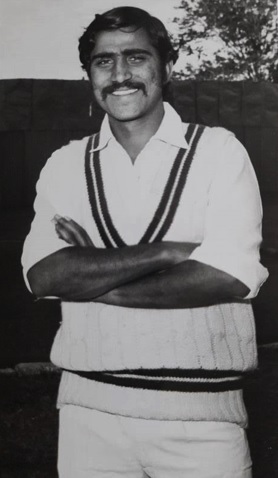
Kenya’s Ascendancy in East Africa Cricket
Kenya emerged as the dominant force among the East African nations, both in terms of player representation and cricketing achievements. During the 1975 World Cup, Kenya provided seven of the 14 players for the East Africa team and the team manager.
Kenya’s cricketing journey continued to ascend post-1975. The country joined the ICC as an associate member in 1981 and made its independent World Cup debut in 1996. Kenya’s most remarkable achievement came in the 2003 World Cup, There, the team reached the semi-finals by defeating established cricketing nations like Sri Lanka and Zimbabwe.
In contrast, Uganda, Tanzania, and Zambia faced challenges in developing their cricketing infrastructure and gaining international recognition. Uganda has made the most significant progress in recent years, including qualifying for the 2024 T20 World Cup. The other nations, however, have yet to make a substantial impact on the global cricketing stage.
East Africa Stars from Uganda, Tanzania, and Zambia
Uganda
- Samuel Walusimbi: A left-arm medium pacer, Walusimbi played in all three matches for East Africa during the 1975 World Cup. He scored a total of 38 runs, with a highest score of 16 against India. Beyond his playing career, Walusimbi co-founded the Wanderers Cricket Club, one of Uganda’s oldest cricket clubs. He later coached the national team. In 2016, he was honored with the Nile Special-Uganda Sports Press Association Legendary award.
- John Nagenda: A right-arm fast-medium bowler, Nagenda appeared in one World Cup match, taking the wicket of New Zealand’s KJ Walsworth. Beyond cricket, he became a prominent writer and served as a media adviser to Ugandan President Yoweri Museveni.
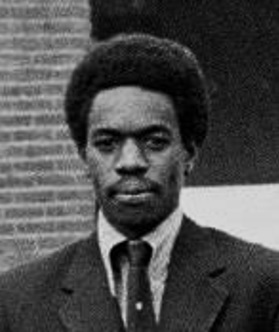
Tanzania
- Praful Mehta: A left-handed wicket-keeper batsman, Mehta captained the Tanzanian national team from 1970 to 1973. He played one ODI in the 1975 World Cup and was known for his aggressive batting style. Mehta had notable performances in regional tournaments, including an unbeaten 55 against the MCC in 1974.
- Vasant Tapu: An all-rounder, Tapu played first-class cricket for East Africa between 1967 and 1974. In a match against India in 1967, he scored 55 runs and took 5 wickets for 72 runs, marking his best performances in both batting and bowling.
- John Solanky: Born in Dar es Salaam, Solanky played for Glamorgan County Cricket Club in England from 1972 to 1976. A right-arm off-spin bowler and right-handed batsman, he appeared in 84 first-class matches. He has taken 183 career wickets and scored 2,374 career runs.
Zambia
- Yunus Badat: A right-handed batsman, Badat played two ODIs in the 1975 World Cup. Although his international career was brief, he was among the few Zambian cricketers to reach the World Cup stage.
- Parbhu Nana: A left-arm orthodox spinner, Nana represented East Africa in the 1975 World Cup. He was known for his economical bowling and contributed to the team’s efforts during the tournament.
East Africa Comparison with the West Indies
While both East Africa and the West Indies fielded multi-national teams, their trajectories diverged significantly. The East Africa cricket team and the West Indies cricket team in the 1970s represented two contrasting narratives in international cricket. The West Indies, comprising players from several Caribbean nations, had a rich cricketing heritage and a well-established infrastructure.
Their dominance was evident in the inaugural 1975 Cricket World Cup, where they emerged as champions. Under the leadership of Clive Lloyd, who scored a pivotal 102 runs in the final, the team showcased a blend of explosive batting and formidable fast bowling. Players like Andy Roberts and Keith Boyce also made significant contributions to the dominant squad.
In contrast, the East Africa cricket team, representing Kenya, Uganda, Tanzania, and Zambia, was relatively nascent on the international stage. Their participation in the 1975 World Cup marked their debut in major international cricket. Facing seasoned teams, East Africa struggled, losing all three of their group matches.
World Stage Woes for East Africa
The multi-national East African squad’s highest team score was 128/8 against New Zealand, and they were bowled out for 94 against England. The team’s challenges were compounded by limited resources, less exposure to high-level competition, and the complexities of uniting players from diverse national backgrounds.
The West Indies capitalized on their shared colonial history and passion for cricket to build a powerhouse team. Contrarily, East Africa’s experiment with a multinational team faced logistical and developmental hurdles. The West Indies’ success in the 1970s laid the foundation for a cricketing legacy that inspired generations. East Africa’s brief foray into international cricket, on the other hand, highlighted the challenges of building competitive teams without robust domestic structures and support.
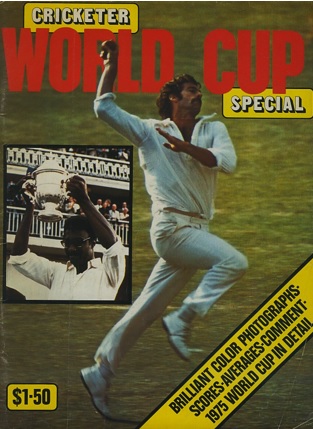
Kenyan Players’ Achievements Beyond East Africa
Nonetheless, several Kenyan players from the 1975 East Africa team had notable cricketing careers beyond the regional team:
- Basher Hassan: Though not part of the 1975 World Cup squad, Hassan was a prominent Kenyan cricketer who played for Nottinghamshire County Cricket Club in England from 1966 to 1985. A right-handed batsman, he amassed 14,394 runs in first-class cricket.
- Don Pringle: An English-born cricketer who settled in Kenya, Pringle played as an opening bowler in the 1975 World Cup. He was the father of Derek Pringle, who later represented England in international cricket.
- Zulfiqar Ali: A right-arm medium pacer, Ali took 49 wickets for 308 runs during the 1972 England tour, showcasing his prowess as a leading bowler.
East Africa Challenges and Dissolution
Several factors contributed to the eventual dissolution of the East Africa cricket team. Kenya’s dominance within the team led to aspirations for independent representation, culminating in its separate ICC membership in 1981. Additionally, the logistical challenges of managing a team across multiple countries, coupled with varying levels of commitment and development in each nation, strained the unity. By 1989, the East Africa cricket team was replaced by the East and Central Africa cricket team. That team itself was dissolved in 1997 with the formation of the African Cricket Association.
Legacy and Impact of the East Africa Cricket Team
Despite its brief existence, the East Africa cricket team played a pivotal role in introducing and promoting international cricket in the region. It laid the groundwork for the development of the sport in its constituent countries, particularly Kenya. Kenya went on to achieve notable success in subsequent years, including a semi-final appearance in the 2003 World Cup. The team’s story is a testament to the challenges and possibilities of regional cooperation in sports. It also reflects broader socio-political dynamics of post-colonial Africa.
Conclusion
The East Africa cricket team stands as a unique experiment in the annals of cricket history. The multi-national team remains a symbol of regional unity, ambition, and the complexities inherent in such collaborations. While its on-field successes were limited, its legacy endures in the continued growth and passion for cricket in East Africa.
Race, Wealth, and Wickets: Inside the First West Indies Cricket Tour of 1886
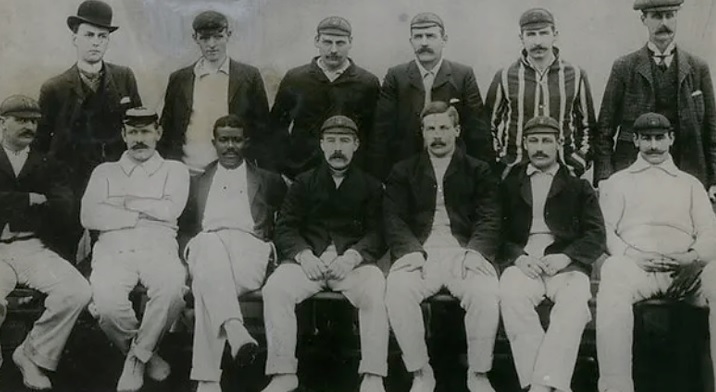
Uncover how race and colonial wealth shaped the groundbreaking 1886 West Indies cricket tour and how it changed the game forever. Read the untold story HERE.




